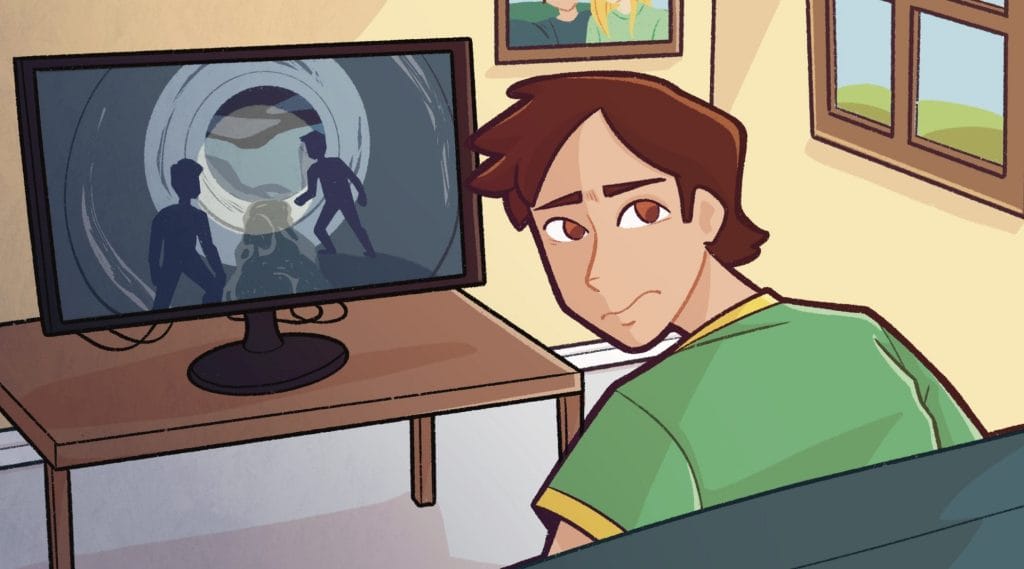Reflections from ‘El Norte’: Face your discomfort head on

Illustration by Killian Goodale-Porter
Ishaan Nandwani, Opinions Editor
The 1983 film “El Norte” is one of suffering.
It follows the journey of two indigenous siblings from Guatemala, Enrique and Rosa, as they head north to flee the harrowing conditions of their home country. Like so many other immigrants who seek asylum in the United States, their hardships only seem to multiply after they leave Guatemala — from crossing the border illegally and the looming possibility of deportation to working in exploitative conditions once they finally reach the states.
The film does not shy away from showcasing the horrors of the migration experience. There were countless moments watching that I felt myself holding my breath, afraid of the next obstacle that Enrique and Rosa would face. “El Norte” may not be a comfort movie, but nevertheless warrants deep exploration and understanding.
Whether through film, literature, or media, we’re constantly exposed to distressing stories and headlines from across the world, from the Russian invasion of Ukraine to the murder of Mahsa Amini in Iran. While it’s easy to ignore these issues and the discomfort they cause, we can no longer do this — for the sake of all those who suffer.
There is one particular scene from “El Norte” that affected me deeply. To cross the U.S.-Mexico border undetected, Enrique and Rosa crawl through rat-infested sewers, with nothing but darkness and a putrid stench for miles on end. The tunnels are small and constricting — a nightmare for a claustrophobic like myself.
Listening to Rosa’s deafening screams as a swarm of rats attacked her and Enrique in the dark sewers for what seemed like an eternity, I wanted to close my eyes and shut out her pain. I wanted to look away and pretend that it wasn’t real — that it was just a movie, and that the characters would find their happy ending. For a moment, I did just that.
Enrique and Rosa never find their happy ending. Rosa eventually dies from an infection caused by the rat bites, and it is implied that Enrique commits suicide. They die searching for a place they can call home, but the only solace they find is in death.
I felt ashamed for looking away, because the truth is that “El Norte” is not just a fictional story: It represents a reality for so many immigrants crossing the southern border, even 39 years after the film’s release. It might be easier to pretend that reality doesn’t exist, but it does.
Many of us have experienced moments of wanting to escape the discomfort of disconcerting issues, as we live in relative privilege. We can turn the page when we come across these issues — after all, they’re not our lived reality. We sympathize with the plight of those refugees in Ukraine or protestors in Iran, but can never truly understand their experiences — but at the very least, we should try to.
Ideally, when it’s possible, we should go beyond exposing ourselves to uncomfortable content, fully immersing ourselves in the fight on issues that matter to us, whether through service or organizing. I believe that those with privilege should maintain a greater social responsibility to positively impact the most vulnerable members of society.
While “El Norte” may have been a difficult film for me to get through, it’s one that I have since revisited multiple times. Migration and conditions affecting immigrants in the U.S. are issues that I have directly worked on, volunteering for migrants in Richmond as a medical interpreter and English as a second language instructor and on the southern border at a migration center.
To truly make a difference in the lives of these individuals, it was essential for me to let go of how what I saw personally affected me, taking that critical step towards understanding.


